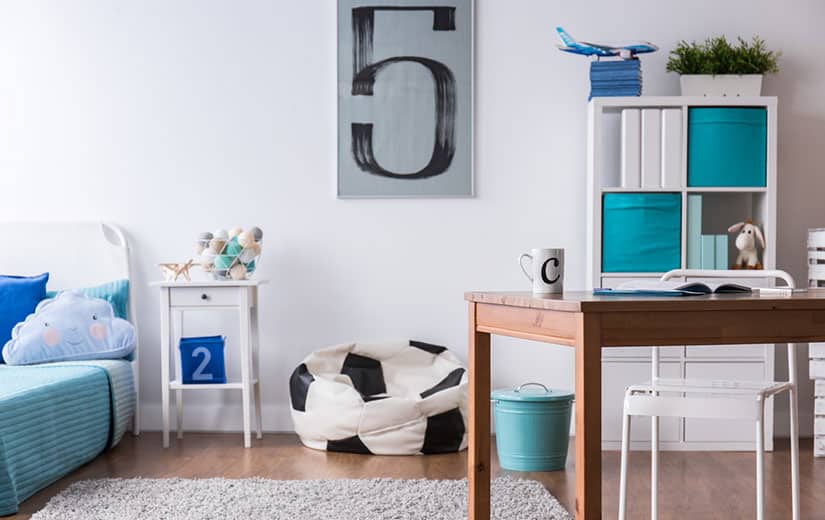Summary
History and origin
The Azilal carpet comes from the Berber region of the same name. It is a province difficult to access, in the mountains of the Moroccan High Atlas.
Originally, the making of the Berber carpet was only for family use. This handcrafted rug protects against the cold. In the High Atlas mountains, winter is very harsh. The Azilal carpet, like the Beni Ouarain, serves as insulation. Both Moroccan rugs have their base woven in pure sheep’s wool. However, the natural fiber of the Azilal carpet turns out to be shorter and rougher than that of the large black and white carpet. The weft of the Azilal rug is made of first shearing virgin wool. The natural fiber comes from local sheep. The colorful patterns that are added to the base are in dyed wool, cotton or recycled fabrics. This is reminiscent of the weaving of the Boucharouite rug. This patchwork rug consists mainly of old textiles.
The Berber women who make it follow an ancestral process passed down between mother and daughter for millennia. The Berber secret endures and is not subject to external influences. All other Berber tribe rugs, including the Kilim rug, are made in the same way.
Originally, the Azilal rug was not woven for commercial purposes. However, the sheep’s wool rug is very popular as a trendy decorative object. The Moroccan rug is very often found in interior decorations. The Azilal can be used as a living room rug as well as a wall decoration. With its ethnic motifs, the handmade rug has become design.
The different sizes
The Azilal is most often a rectangular carpet. It exists in different dimensions. Generally, the Berber Azilal carpet measures more than 2 meters in length and approximately 1.40 meters in width. These are beautiful dimensions that bring it closer to the large black white Beni Ouarain carpet.
The Azilal can also be a small rug or runner. It is suitable for both large living rooms and small spaces. With his chic ethnic style, he knows how to revamp a room effectively.
Style and pattern
With its shimmering colors, the Azilal rug is reminiscent of Boucharouite. Its geometric patterns are similar to those of the Beni Ouarain rug.
The Azilal rug is made up of a large number of designs that are both abstract and very irregular. Many Berber symbols are visible. The woven rug also has geometric shapes like the diamond. In Berber culture, this motif protects against the evil eye.
The weaver expresses herself through her work. The Azilal rug tells a story, that of the designer. The patterns reflect the lifestyle and experience of the maker. Berber women use the tribal signs of their ancestors to bear witness to their daily life (marriage, birth, etc.).
The Azilal rug is very colorful. The base of the Azilal rug is ivory, cream in color. It is the plants and berries of the region that give the handmade rug its beautiful bright colors. This natural color gives authenticity to this jewel of Moroccan craftsmanship.
The abstract patterns of Azilal rugs have inspired many European artists including Paul Klee, Matisse and Le Corbusier. Since the 1990s, the creativity of Berber weavers finds resonance in the art world. The Azilal rug, a rare decorative object, is exhibited in galleries in capitals around the world (Paris, Tokyo, etc.). The old carpet is considered a work in its own right. The Azilal becomes art rug.
Price
Like the Boucharouite rug, the Azilal is not one of the most expensive Berber rugs. Its price varies according to its composition (materials, patterns, colours, etc.) as well as its size.
It is possible to find an Azilal rug for 350 euros. For a vintage carpet, that is to say old, it is necessary to count more. The longer a Berber-style rug has lived, the more its price rises.
Conclusion
The Azilal is the only Berber rug to bear the name of the region where it originated. Azilal is a high altitude mountainous land located between the central High Atlas and the Middle Atlas. In this region of the world, poverty is at its peak. The inhabitants of Azilal live in extreme precariousness. The handmade carpet represents a very important source of income for families. They live mainly from agriculture.
A large part of the population is illiterate. Berber women are no exception. The weaving of carpets allows them to express themselves. They can bear witness to their daily life. Contrary to what the shimmering colors of the Azilal rugs might suggest, the life of the makers is very tough.
The loom gives them an important place in Berber society. This is deeply patriarchal. The Azilal is much more than a trendy printed rug. it is a witness of Berber life.
Read also:
- The Beni Ouarain rug
- The Boucharouite rug




